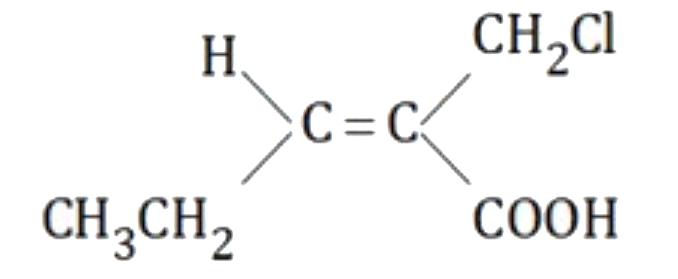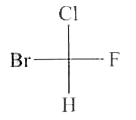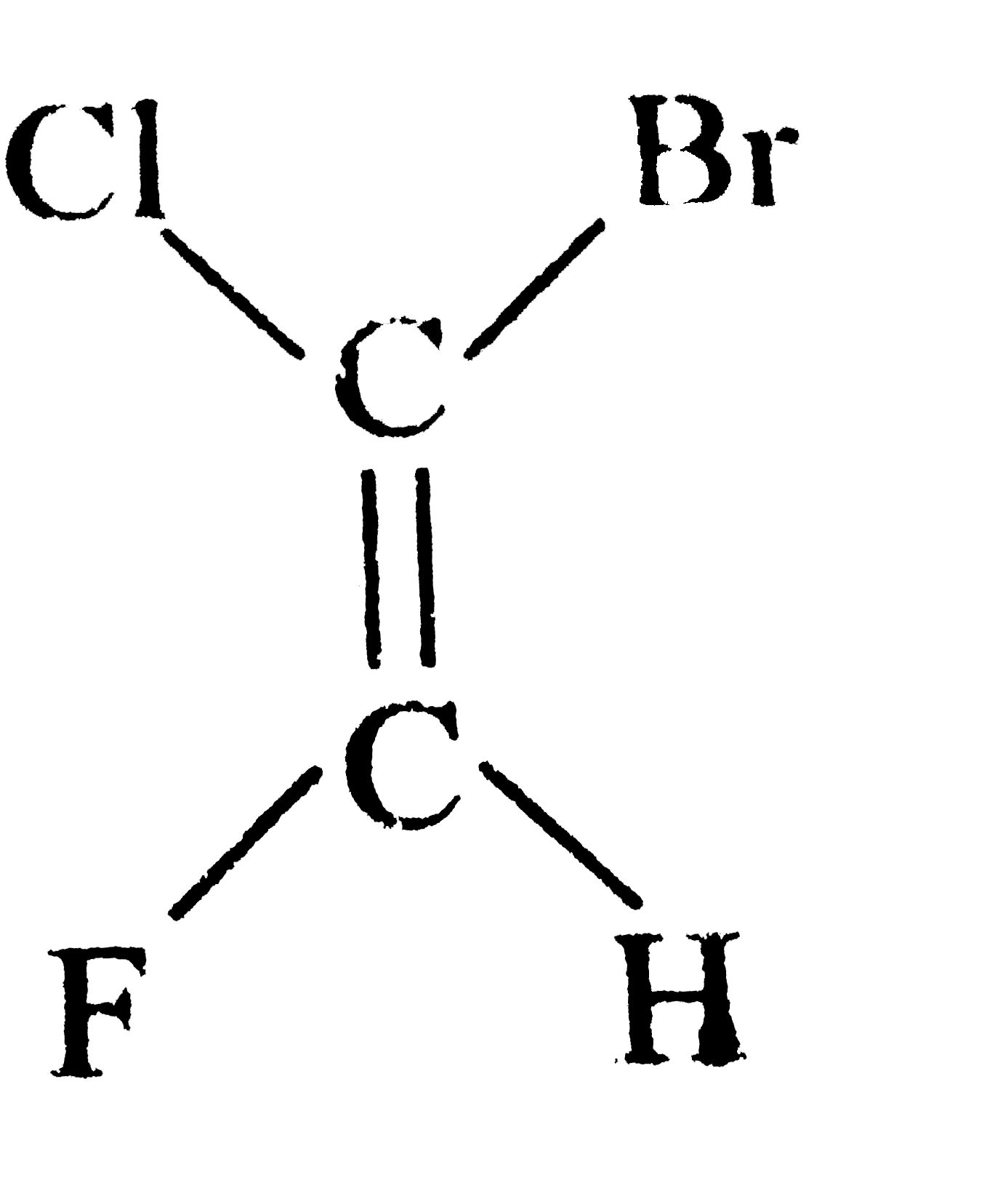Select the Z - isomer from the following alkenes




The correct Answer is:C
To determine the Z-isomer from the given alkenes, we need to follow a systematic approach to assign priorities to the substituents attached to the double bond. Here’s a step-by-step solution:
Step 1: Identify the double bond
First, we need to identify the alkenes provided in the question. Alkenes have a carbon-carbon double bond (C=C), which is crucial for determining geometric isomerism.
Step 2: Assign priorities to substituents
For each alkene, we will assign priorities to the groups attached to the carbon atoms of the double bond. The Cahn-Ingold-Prelog priority rules are used for this purpose:
- The atom with the higher atomic number gets higher priority.
- If the first atoms are the same, we look at the next atoms in the substituent until a difference is found.
Step 3: Determine the configuration
Once we have assigned priorities, we can determine whether the configuration is Z or E:
- Z (from the German "zusammen"): If the highest priority groups on each carbon are on the same side of the double bond.
- E (from the German "entgegen"): If the highest priority groups are on opposite sides of the double bond.
Step 4: Analyze each alkene
1. Alkene 1: Check if both substituents on one carbon are the same. If they are, we cannot determine Z or E.
2. Alkene 2: Assign priorities to the substituents. If the highest priority groups are on the same side, it is Z.
3. Alkene 3: Repeat the process. If the highest priority groups are on opposite sides, it is E.
4. Alkene 4: Assign priorities and check the configuration.
Step 5: Select the Z-isomer
After analyzing all the alkenes, we find the one where the highest priority groups are on the same side. This will be our Z-isomer.
Conclusion
Based on the analysis, the Z-isomer is found in Option 3.
---
First, we need to identify the alkenes provided in the question. Alkenes have a carbon-carbon double bond (C=C), which is crucial for determining geometric isomerism.
For each alkene, we will assign priorities to the groups attached to the carbon atoms of the double bond. The Cahn-Ingold-Prelog priority rules are used for this purpose:
- The atom with the higher atomic number gets higher priority.
- If the first atoms are the same, we look at the next atoms in the substituent until a difference is found.
Once we have assigned priorities, we can determine whether the configuration is Z or E:
- Z (from the German "zusammen"): If the highest priority groups on each carbon are on the same side of the double bond.
- E (from the German "entgegen"): If the highest priority groups are on opposite sides of the double bond.
1. Alkene 1: Check if both substituents on one carbon are the same. If they are, we cannot determine Z or E.
2. Alkene 2: Assign priorities to the substituents. If the highest priority groups are on the same side, it is Z.
3. Alkene 3: Repeat the process. If the highest priority groups are on opposite sides, it is E.
4. Alkene 4: Assign priorities and check the configuration.
After analyzing all the alkenes, we find the one where the highest priority groups are on the same side. This will be our Z-isomer.
Based on the analysis, the Z-isomer is found in Option 3.
Topper's Solved these Questions
Similar Questions
Knowledge Check
Select the S-isomer from the following:
A B
B C
C D
D
The Z-isomer among the following is
A B
B C
C D
D
The Z-isomers among the following are:
A B
B C
C D
D


